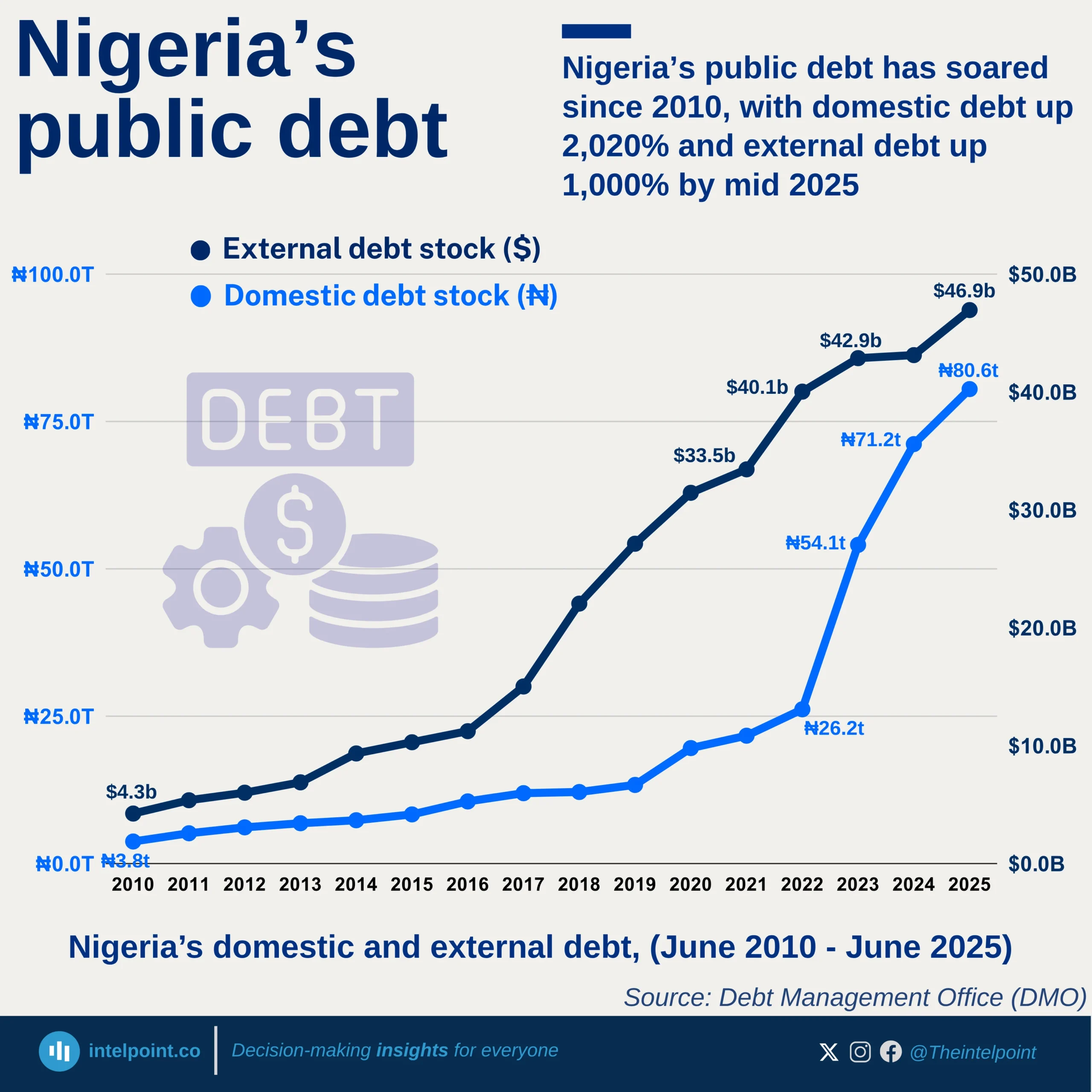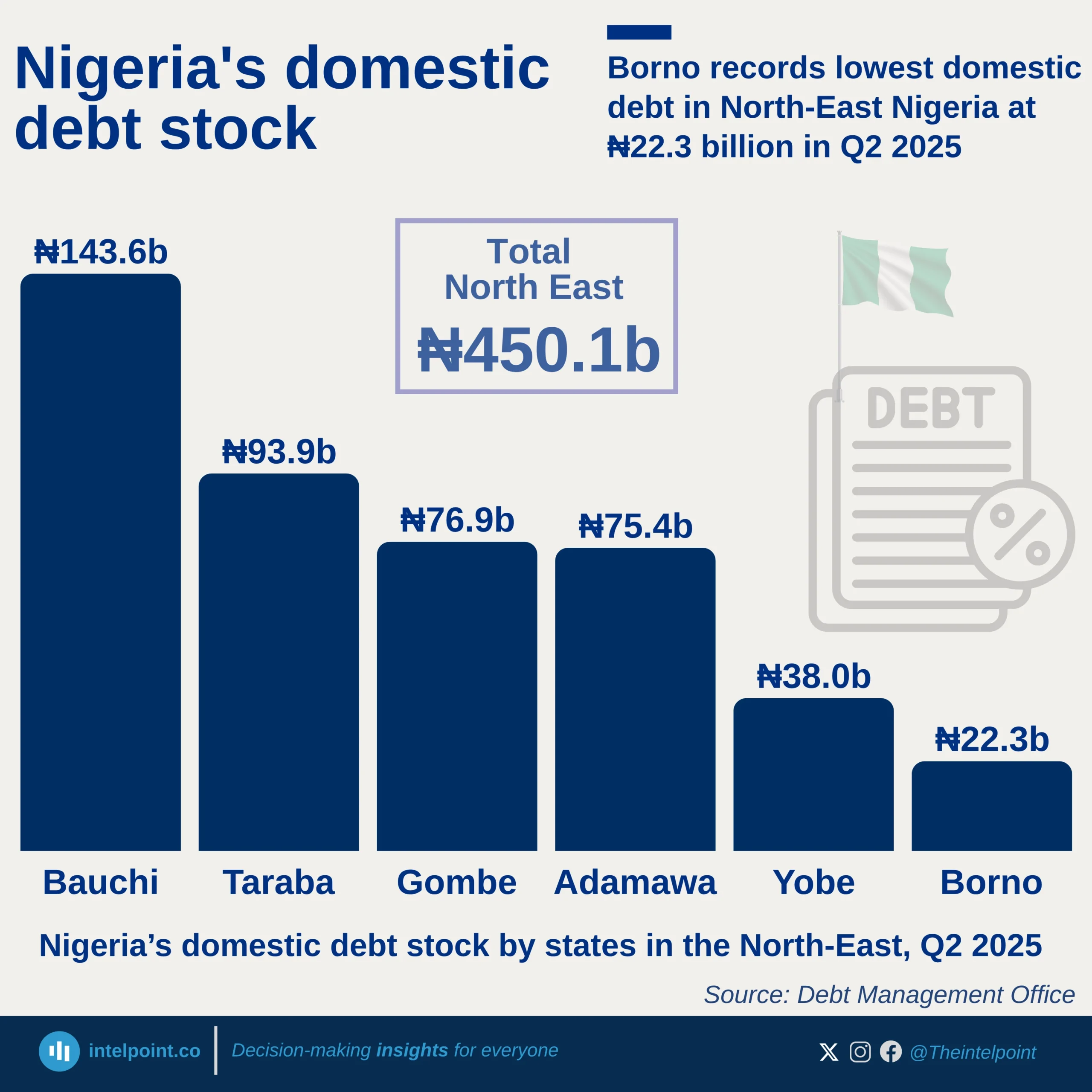Since the introduction of CBT (Computer Based Test) in 2013 , the number of JAMB candidates who scored above 300 remained consistently low, with annual figures mostly below 6,000 despite total candidates ranging from 1.3 million to 1.9 million. In fact, from 2013 to 2015, fewer than 50 candidates scored above 300. Although slight increases were recorded between 2016 and 2023, the percentage of high scorers remained under 1% of the total candidates.
A noticeable shift occurred in 2024 and 2025. In 2024, 8,401 candidates scored above 300, and in 2025, this number more than doubled to 17,025. This marks the first significant jump in over a decade, with the 2025 figure accounting for nearly 0.9% of the total 1.93 million candidates.





